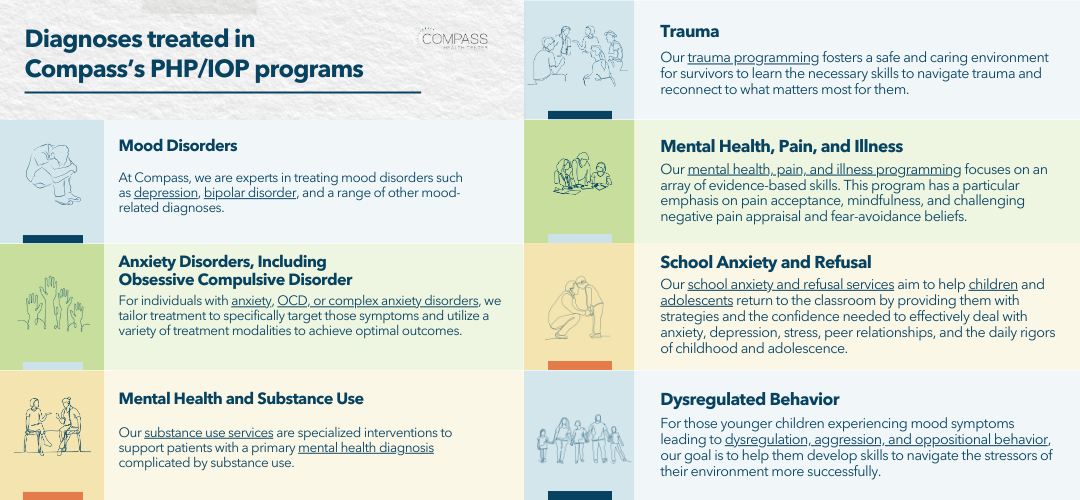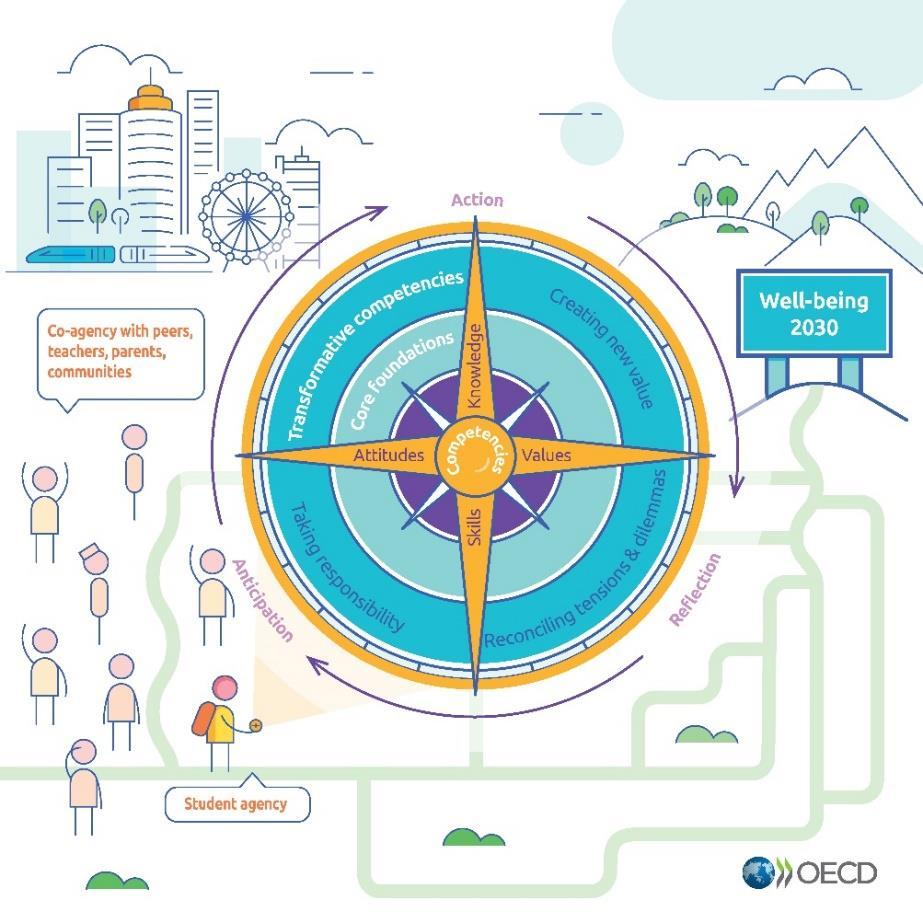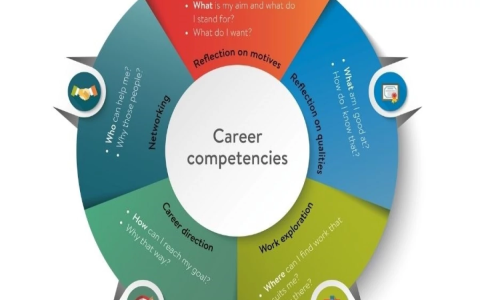Alright folks, let’s dive right into my Compass Intervention journey. To be honest, I was pretty skeptical at first. Sounded like just another corporate buzzword program someone upstairs thought would look good. But my team was hitting a real rough patch – communication sucked, projects felt stalled, morale was low. I figured, well, gotta try something, right?

So, I started digging. Found the Compass materials online. Basic idea seemed to be about creating simple, visual markers for team health and progress. Less paperwork, more looking each other in the eye and talking real. Step one was gathering the gang. Not gonna lie, getting everyone to actually show up for a non-critical meeting felt like herding cats. But we did it.
Getting Our Hands Dirty
First session was awkward as heck. Silence, side-eyes, the works. We followed the basic setup: chose a simple ‘compass’ image with four points. Labeled them: North: Where We Want to Be, South: Where We Are, East: What’s Helping, and West: What’s Blocking Us. Used sticky notes, big sheet of paper taped to the wall.
Kicked things off with the “South” point. Asked everyone to write down one word describing how they felt right now about the team. Watching people actually take a minute to think… felt promising. Words popped up: “Stuck,” “Frustrated,” “Tired,” “Unclear.” Oof. Hard to see, but damn honest. Stuck those notes on the ‘South’ point.
Next up, “North.” What’s the dream? What do we want instead? This part was messier. People threw out vague stuff like “Better communication” or “Get projects done.” I pushed back – needed something concrete we could actually point to. Finally landed on a couple: “Everyone knows what others are working on,” “Deadlines met without last-minute panic,” “Less complaining in private chats.” Simple, but real. Onto the ‘North’ point.
The “Ah-Ha!” Stuff Comes Out
Then came “East” – what’s already working? People struggled here at first. Negativity was easy. But then someone mentioned the weekly coffee chat where the Devs and Designers actually talk directly. Everyone nodded. Another mentioned a shared task board we barely used but could be good. Slowly, we found small anchors. Onto ‘East’.

“West” was where it really started flowing. The blockers. Man, the floodgates opened. “Nobody reads the project updates.” “Too many meetings about meetings.” “X project constantly deprioritized.” “Sarah and Mike won’t talk to each other directly.” Sticky notes filled up the ‘West’ point fast. Seeing it all there, visually… no denying the issues.
We stood back looking at this messy compass. Felt… lighter, somehow? Just getting it all out on the wall, seeing it wasn’t just my frustrations? Huge. Then, instead of pointing fingers, we just picked one West point to tackle first – the “too many meetings” thing. Agreed to audit our standing meetings over the next week, ruthlessly cutting any that weren’t pulling their weight.
The Real Benefits We Actually Felt
This is the part I never expected, the key stuff that made it stick:
- Speed of Truth: That wall of sticky notes forced honesty in minutes, not weeks of guessing games. Nobody could deny the mood or the problems once it was staring us all in the face.
- Shared Pain (& Hope!): Seeing others felt stuck too killed the isolation. And seeing even small things helping (“East”) gave us little sparks of “Hey, we can build on this.”
- Focus, Finally: Instead of trying to boil the ocean, having that visual map let us pick one concrete West to attack. Small win, but tangible progress feels way better than big plans going nowhere.
- It’s a Human Thing: Seriously, moving sticky notes around felt stupid at first, but it’s way less scary than just talking into the void. Felt more like a group activity than a blame session.
We did this every couple of weeks after that first one. Updated the compass. Celebrated when a blocker moved from West to East (or even North!). Laughed a little more. Felt less stuck. Projects started inching forward. Was it magic? Hell no. Still had issues. But it gave us a simple, shared language and a real-time pulse check we didn’t have before. Honestly? It turned a bunch of grumbling individuals back into something that actually started feeling like a team trying to row in the same direction. Simple tool, huge impact when you just do it.










